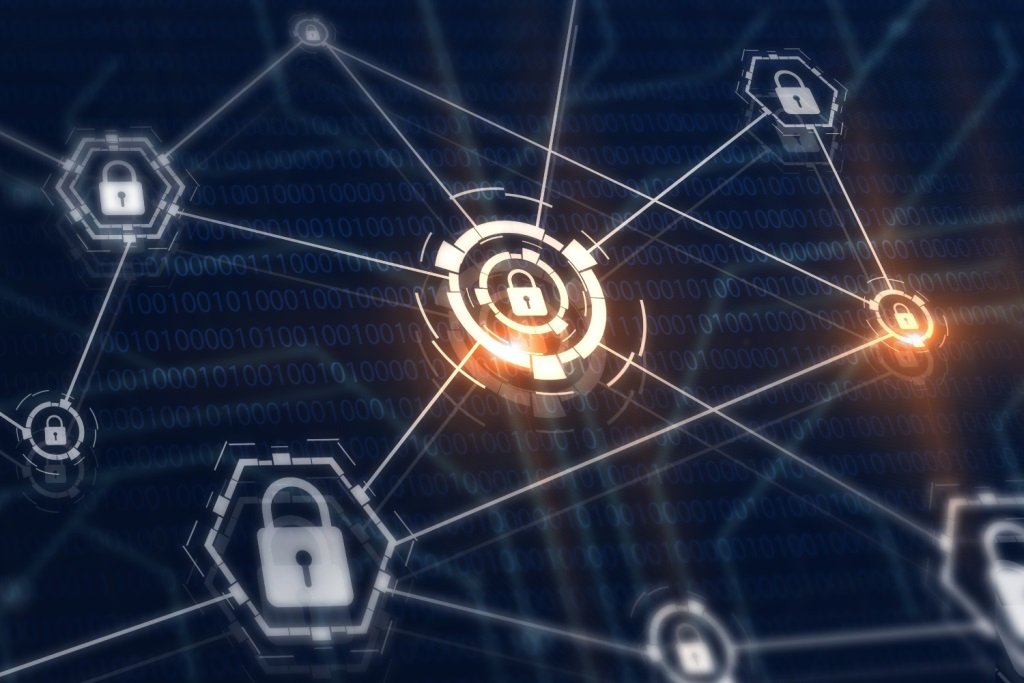While technology has driven the digital agenda and led to greater innovation, growth, and efficiency; it also opens the road to potential security breaches and other types of cyber-attacks.
As your company hires more and more employees, the number of active endpoint devices increases and thus the increase of threat to cyber-breaches. It should be noted that every device that connects to your corporate network further weakens your network’s overall security posture. Not to be left out of consideration to the technical challenge of security is the increase in organizational cost to protecting a growing endpoint environment.
On one side of the technology, there are innovators and developers working with sophisticated technologies such as Artificial Intelligence (AI) and Machine Learning. But also on the other side, there are malicious actors and computer experts with skills and technologies to bypass security solutions to gain access to corporate networks and critical systems.
Attackers are becoming more sophisticated and attack techniques and delivery vectors becoming more sophisticated which have contributed to a scaling threat landscape. With the growth in value of organizational data and intellectual property, the same data value it is to crackers and threat agents. It is for this reason that all industries and organizations of all sizes have become potential targets.
In this article, we will provide some brief insights about Endpoint Security and its importance to organizations going forward.
What is Endpoint Security?
Endpoint security is the cybersecurity approach to secure corporate networks through defending endpoints or entry points of end-user devices such as desktops, laptops and mobile devices from malicious activity.
Given the number of connected endpoints to a corporate network, endpoints are, by default, the weak link in the network. Ensuring sophisticated robust endpoint security is of paramount necessity for the organization and the entire network to protect against a successful cyber-attack.
What is an endpoint?
An endpoint is any device that connects to the corporate network from outside its firewall. Examples of endpoint devices include Laptops, Tablets, mobile devices, Internet of things (IoT) devices, other devices that communicate with the central network.
Why you need an Endpoint Security strategy?

An endpoint security strategy is important to all businesses operating in a hybrid working environment. This is so because every remote endpoint is a potential entry point for an attack. And the endpoints are increasing every day given the rapid pandemic-related shift to remote work.
According to a Gallup Poll, so many organizations have adopted remote working from 2020 to about 51% by end of 2021. The risks posed by endpoints and their sensitive data are a challenge that’s not going away.
The Verizon 2021 Data Breach Investigations Report found “Servers are still dominating the asset landscape due to the prevalence of web apps and mail services involved in incidents. And attacks over social networks continue to compromise people (they have now pulled past user devices), we begin to see the domination of phishing emails and websites delivering malware used for fraud or espionage.”
With the current challenges facing your organization concerning remote workers and the vulnerability of remote endpoints connected to the network, a greater emphasis on endpoint security should be considered a priority. All remote endpoints connect to the corporate network from outside the traditional perimeter of the corporate firewall and in some regards miss the benefit of monitoring incoming and outgoing connections.
Cost of a data breach resulting from insecure endpoints

Having in mind the cost implications and complexity of endpoint security risks, Ponemon’s research reveals 63% of enterprises have no capacity to monitor off-network endpoints, dark endpoints, leaving more than 50% of endpoints vulnerable to a costly data breach.
Ponemon’s institute’s research about endpoint security reveals that traditional endpoint security approaches are inadequate. Organizations spend over $6 million annually in poor detection, slow response, and wasted time. As the aggressive nature of emerging threats to proprietary data continues to grow, the cost and complexity of reducing risks and confirming compliance are at an all-time high.
Additionally, the study revealed that enterprises find it difficult to identify dark endpoints (or rogue access points, out-of-compliance devices, or off-network devices) which create blind spots and increase the organization’s vulnerability to attack.
While there is less confidence in endpoint security, the IT security experts in this study believe that close to 60% of the time invested in the capture and evaluation of intelligence surrounding the true threats, to both compliance and proprietary data, can be saved each week by deploying automated solutions.
Conclusion
Malicious attacks will continue growing in sophistication and magnitude. Threat agents will continue to advance their skills and techniques of attacking. It is time organizations prepare for attacks to come and take into account the full picture of endpoint protection. Organizations need to focus on their security position by enhancing their security solutions. Endpoint Security Solutions need to have tools in place to detect and respond to targeted incidents. For example blocking malware through signature analysis, machine learning and behavioural analysis.
Without an endpoint security strategy in place, protecting against endpoint attacks will be a great challenge to organizations going forward. Because endpoints exist where humans and machines intersect. To be continued…





